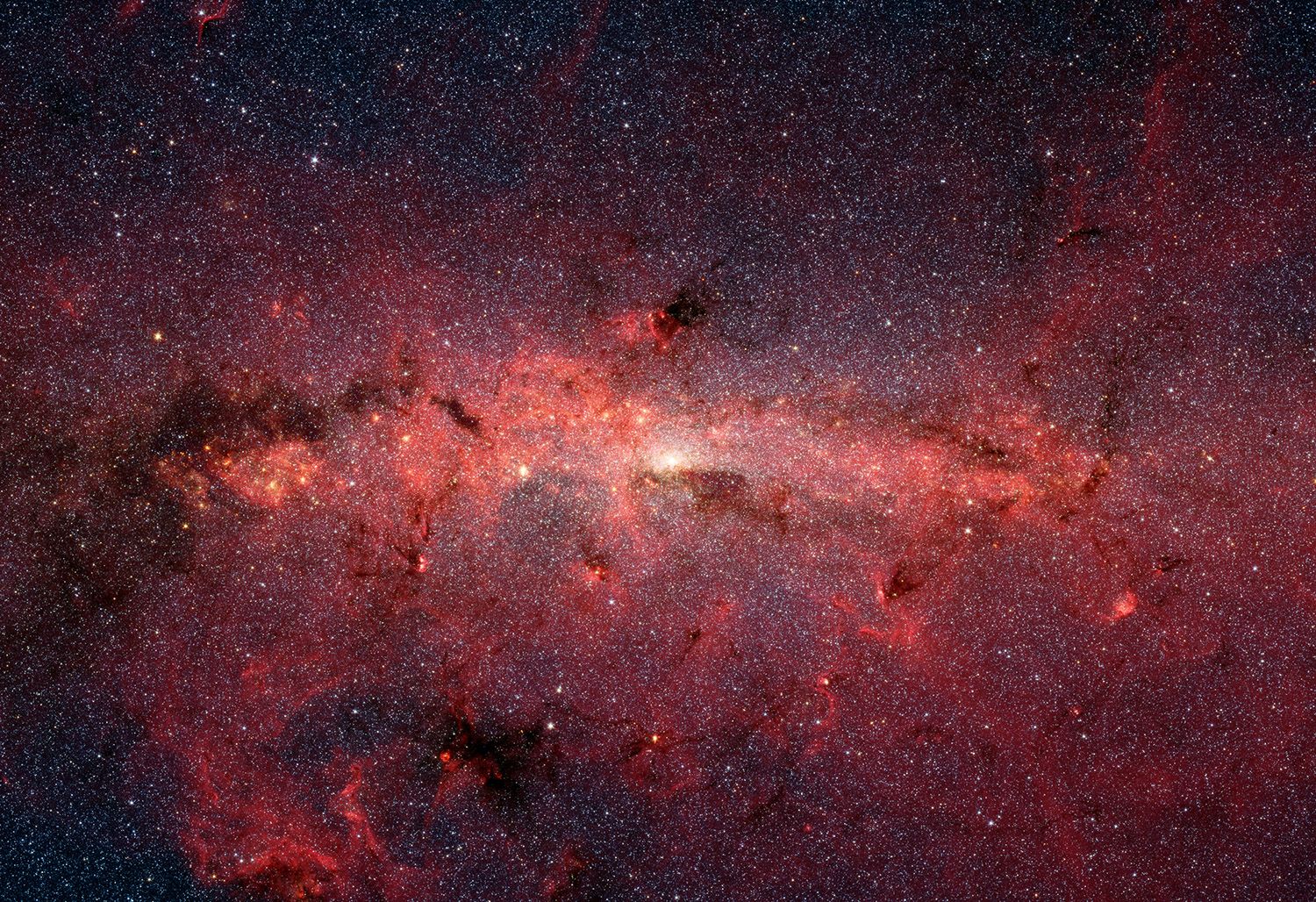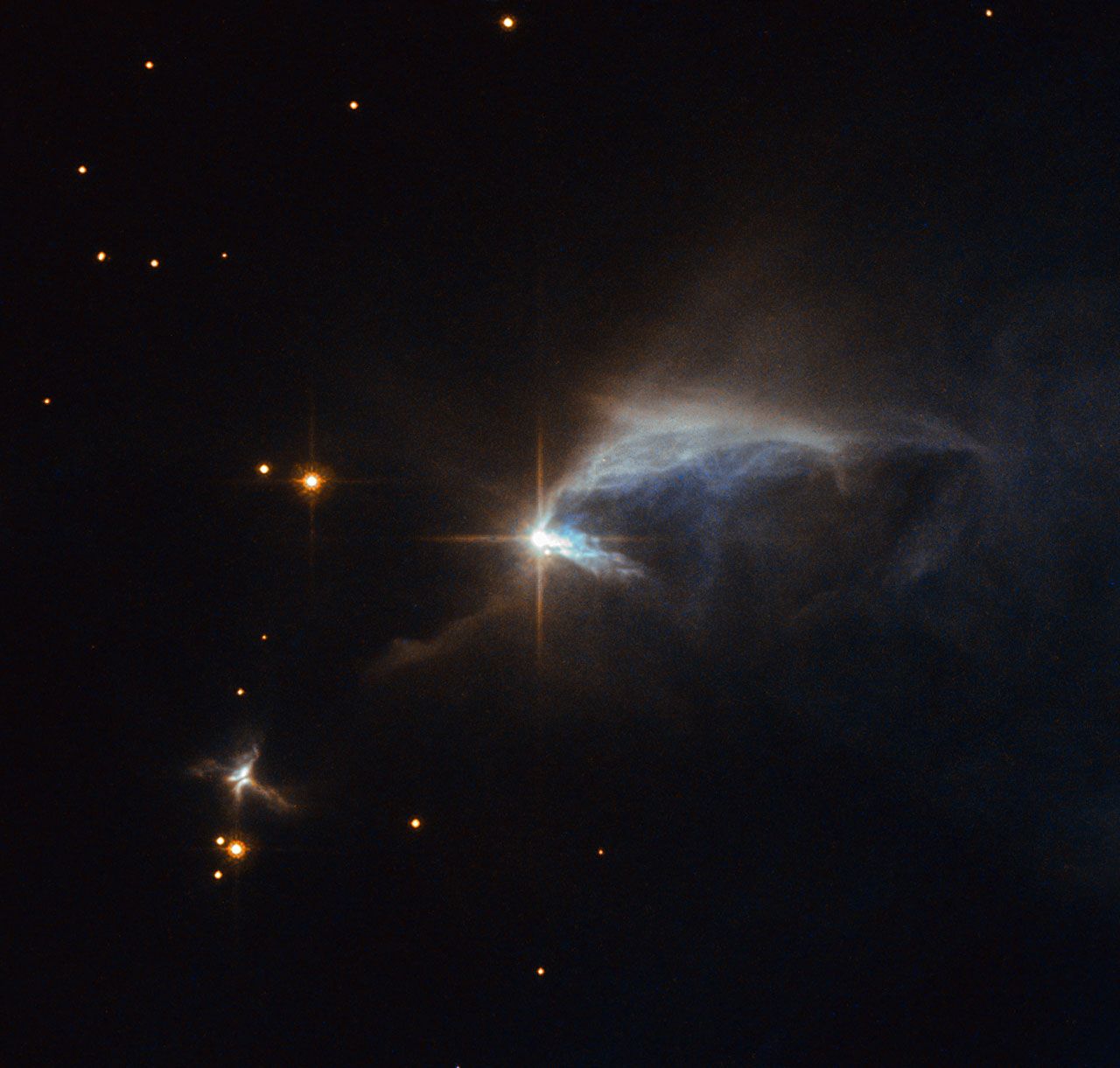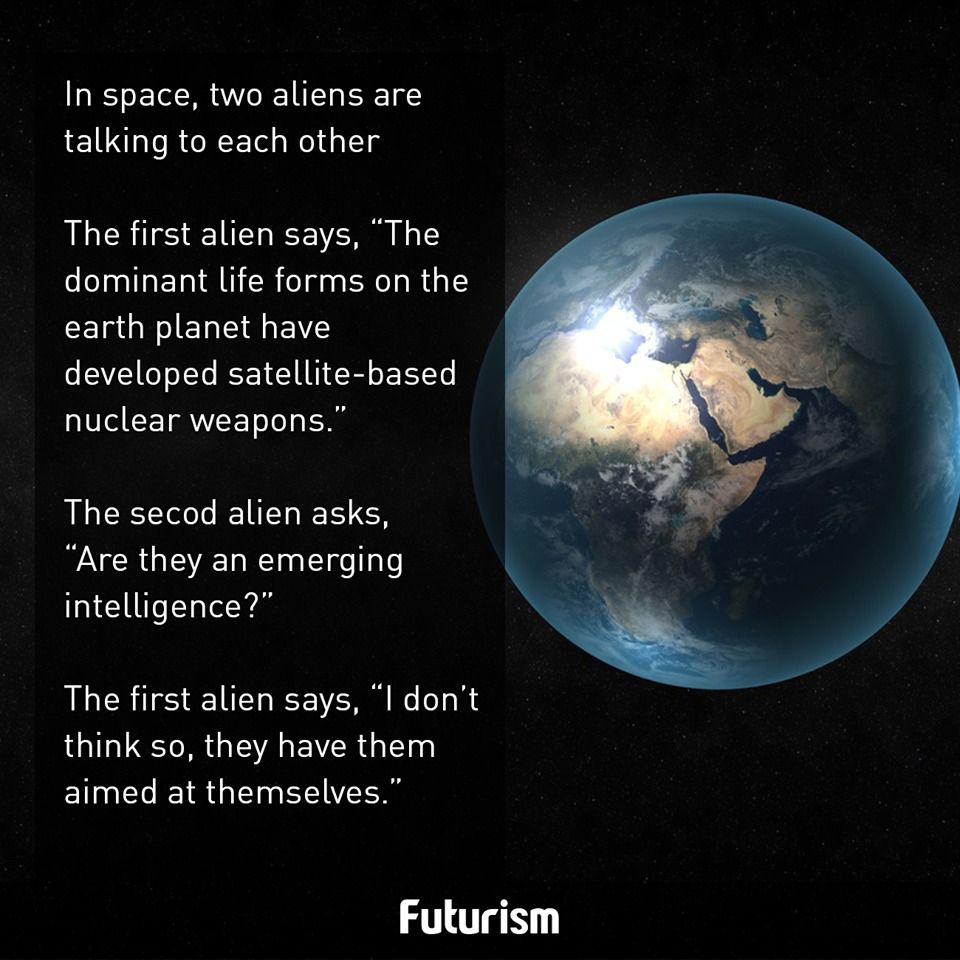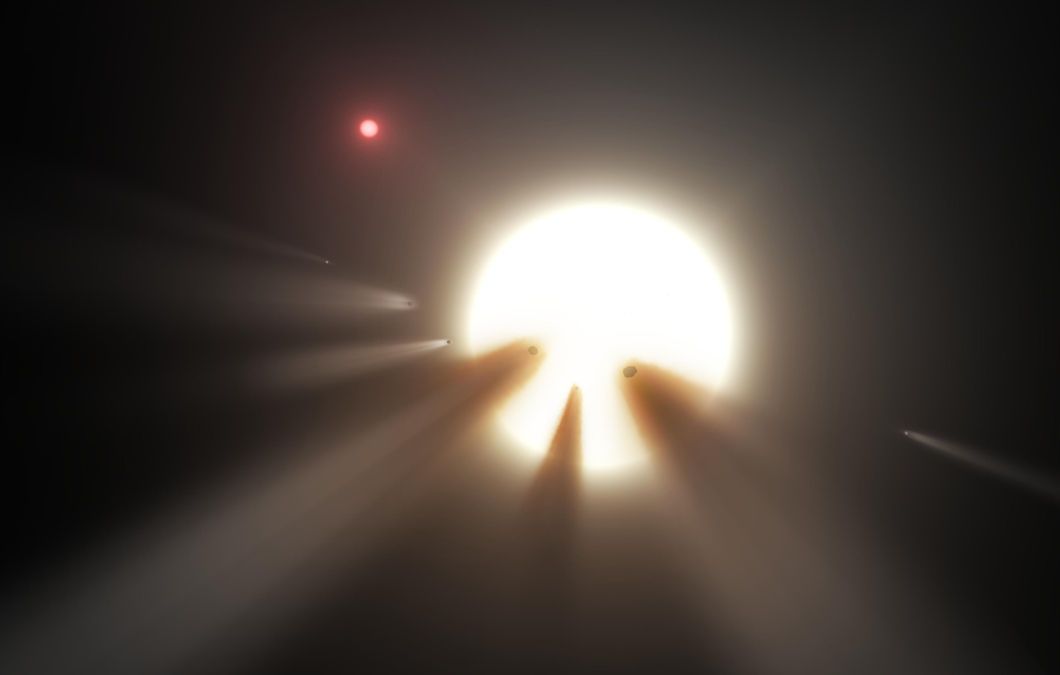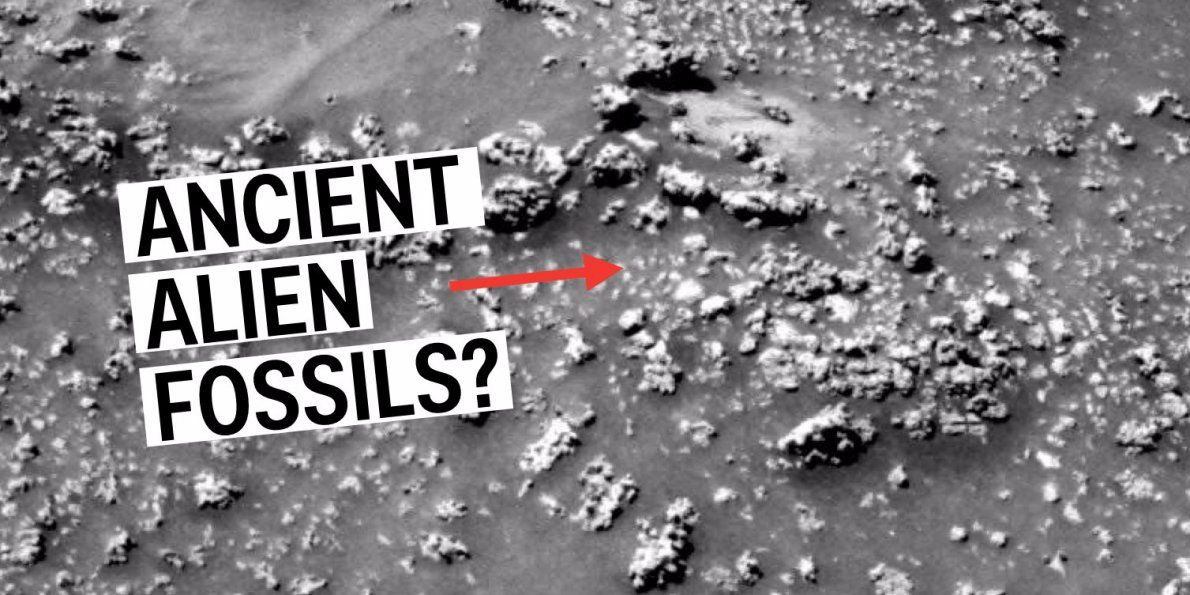Archive for the ‘alien life’ category: Page 133
Mar 4, 2016
“Internet pioneer”: Interview With Google Vice President Vint Cerf
Posted by Karen Hurst in categories: alien life, computing, government, humor, internet
Google’s VP Vint Cerf states in the future that “The brain will be digitally altered by software”.
Considered one of the fathers of Internet, renowned in the computer industry, awarded with the highest award of US government, co-creator of TCP/IP internet and current vice president of Google, the Phd Vint Cerf emerges as one of the most authoritative voices in the world to reflect on new technologies around the world.
The computing Scientific who the United States commissioned along with Bob Khan the creation of a network protocol that will interconnect computers in 1973 in the age of cold war who at the age of 20 will work on F-1 engines used as propellant rocket of Saturn V rocket that “visited” the moon, apart from his academic skills, he can be characterized as a very simple person having fine and good sense of humor and very elegant, like someone from an European royalty party, definitely a different personality and image projecting into the collective imagination a professional of his career.
Reflections about internet of things, the possibility of extraterrestrial life, scanning the brain, space internet and even the possibility that humans can communicate with animals were the subjects Cerf answered who recently toured South America sharing time with inhabitants of end of the world.
Continue reading “‘Internet pioneer’: Interview With Google Vice President Vint Cerf” »
Mar 2, 2016
Astronomers estimate 100 billion habitable Earth-like planets in the Milky Way, 50 sextillion in the universe
Posted by Shailesh Prasad in categories: alien life, mathematics
Astronomers at the University of Auckland claim that there are actually around 100 billion habitable, Earth-like planets in the Milky Way — significantly more than the previous estimate of around 17 billion. There are roughly 500 billion galaxies in the universe, meaning there is somewhere in the region of 50,000,000,000,000,000,000,000 (5×10 22 ) habitable planets. I’ll leave you to do the math on whether one of those 50 sextillion planets has the right conditions for nurturing alien life or not.
The previous figure of 17 billion Earth-like planets in the Milky Way came from the Harvard-Smithsonian Center for Astrophysics in January, which analyzed data from the Kepler space observatory. Kepler essentially measures the dimming (apparent magnitude) of stars as planets transit in front of them — the more a star dims, the larger the planet. Through repeated observations we can work out the planet’s orbital period, from which we can usually derive the orbital distance and surface temperature. According to Phil Yock from the University of Auckland, Kepler’s technique generally finds “Earth-sized planets that are quite close to parent stars,” and are therefore “generally hotter than Earth [and not habitable].”
The University of Auckland’s technique, called gravitational microlensing, instead measures the number of Earth-size planets that orbit at twice the Sun-Earth distance. This results in a list of planets that are generally cooler than Earth — but by interpolating between this new list, and Kepler’s list, the Kiwi astronomers hope to generate a more accurate list of habitable, Earth-like planets. “We anticipate a number in the order of 100 billion,” says Yock.
Mar 1, 2016
If We Want to Find Aliens, We Should Search for the Ones Searching for Us
Posted by Julius Garcia in category: alien life
A paper published today in Astrobiology details a new strategy for seeking out intelligent life.
Feb 26, 2016
Here’s how we could build a colony on an alien world
Posted by Julius Garcia in categories: alien life, habitats, solar power, space travel, sustainability
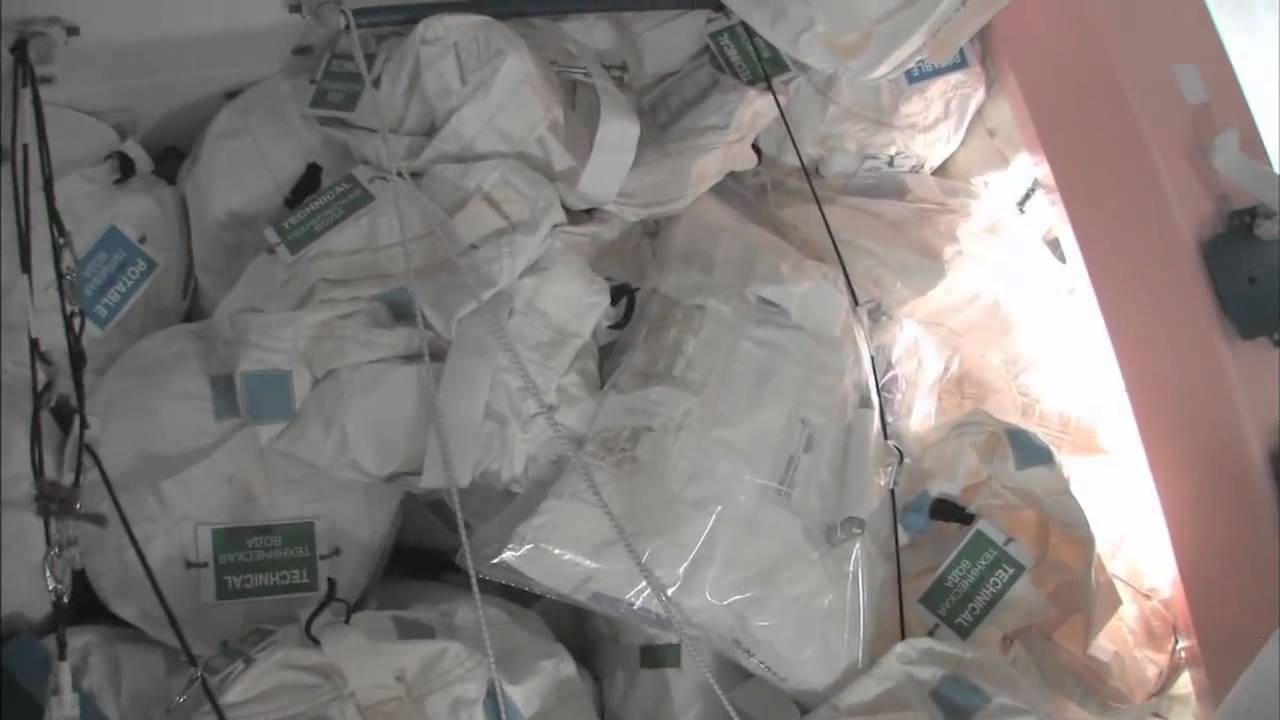
If the human race is to survive in the long-run, we will probably have to colonise other planets. Whether we make the Earth uninhabitable ourselves or it simply reaches the natural end of its ability to support life, one day we will have to look for a new home.
Hollywood films such as The Martian and Interstellar give us a glimpse of what may be in store for us. Mars is certainly the most habitable destination in our solar system, but there are thousands of exoplanets orbiting other stars that could be a replacement for our Earth. So what technology will we need to make this possible?
Continue reading “Here’s how we could build a colony on an alien world” »
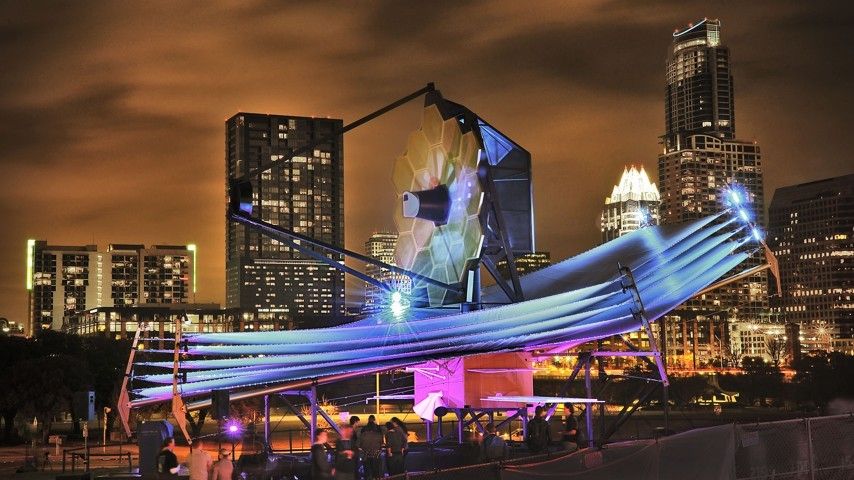
Inside a nondescript building at the Goddard Space Flight Center in Greenbelt, Maryland, NASA engineers are assembling the most powerful space telescope ever created. Once completed, the James Webb Space Telescope will be the largest space observatory in the known universe, with 100 times the seeing power of its predecessor, the Hubble Space Telescope.
In October 2018, the Webb will be launched into deep space with an ambitious mission. “Sometimes as analytical astronomers we shy away from saying, ‘We’re searching for life,’” says the deputy project scientist Dr. Amber Straughn. “But, that’s what we’re doing.” Atlantic senior editor Ross Andersen speaks with the NASA team seeking to answer some of our most fundamental questions: Where did we come from? Are there other life-sustaining planets out there? Are we alone in the universe?
Feb 10, 2016
A friendly reminder: Technology, like science, is neither good nor bad
Posted by Bryan Gatton in categories: alien life, military, science
Feb 9, 2016
NASA’s Next Great Telescope Will Settle This Alien Megastructure Mystery For Good
Posted by Sean Brazell in category: alien life
Feb 8, 2016
Comets May Not Explain ‘Alien Megastructure’ Star’s Strange Flickering After All
Posted by Sean Brazell in category: alien life
It’s looking less likely that a swarm of comets or an “alien megastructure” can explain a faraway star’s strange dimming.
The star (nicknamed “Tabby’s Star,” after its discoverer, Tabetha Boyajian) made major headlines last October when Jason Wright, an astronomer at Pennsylvania State University, suggested that it could be surrounded by some type of alien megastructure. A more likely idea — one that’s far less exciting — is that the star is orbited by a swarm of comets. But scientists can’t be sure either way.
Now, Bradley Schaefer, an astronomer at Louisiana State University, has probed the star’s behavior over the past century by looking at old photographic plates. Not only does the star’s random dipping date back more than a century, but it also has been gradually dimming over that period — a second constraint that makes it even harder to explain. [13 Ways to Hunt Intelligent Alien Life].

